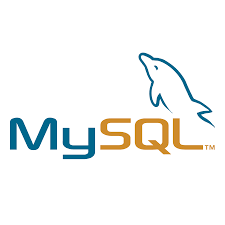Extract specific data from transcripts
This tool is adept at sifting through the verbose content of sales call transcripts to pinpoint and organize crucial information such as pain points, use cases, and action items, based on predefined criteria.
Overview
The 'Extract specific data from transcripts' tool is a sophisticated solution designed to transform the often cumbersome task of manually reviewing meeting transcripts into a streamlined process. By leveraging a low-code AI workflow platform, it utilizes a large language model to process the text of a sales discovery qualification call. The tool takes into account the context of the meeting, the participants involved, and specific data points that the user wishes to extract. It then applies a transformation step, prompting the AI to distill the conversation into structured, actionable insights. This is achieved by organizing the extracted information into clear sections, making it easily accessible and understandable.
Use cases
This tool can be invaluable for sales professionals who regularly conduct discovery calls and need to quickly identify client needs and opportunities. It can also be used by project managers to extract action items from team meetings, or by customer success teams to pinpoint feedback and feature requests during client check-ins. Essentially, any professional who deals with extensive meeting transcripts and needs to distill them into actionable insights can benefit from this tool.
Benefits
The primary benefit of this tool is its ability to save time and enhance productivity by automating the extraction of important data from lengthy transcripts. It reduces the cognitive load on users, allowing them to focus on analysis and decision-making rather than data collection. The structured output also facilitates better communication and follow-up, as it clearly delineates the key takeaways and action items from a meeting.
How it works
Upon receiving a transcript, the tool first understands the context and agenda of the meeting, along with the roles of the participants. It then processes the transcript through a large language model, which has been prompted to extract key information such as use cases, pain points, and business scope. The AI model works to identify and summarize these elements, outputting them in a structured format that highlights the most relevant information for the user. Additionally, the tool employs memory optimization techniques to handle the data more efficiently, ensuring that the core information is captured succinctly.
Featured Templates
Templates






.png/948eba05-ea43-4392-b274-d1e9b2d7474a.png)















.png/6f303b4c-da50-470e-883d-23c1fc217aa6.png)


.png/917c4fcc-20b0-4076-b902-039e8a465bee.png)

.png/fb452f32-315b-4c1f-8d08-458f649eb50b.png)











